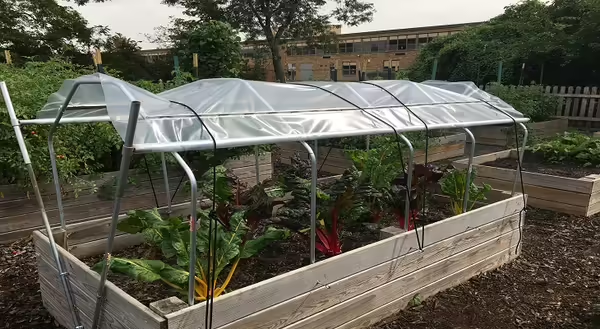
The Persephone months are nearing! Persephone was the ancient Greek goddess of vegetation and daughter of Demeter, the goddess of nature. When Hades fell in love her he took her to the underworld to rule along side him Demeter begged Hades to allow Persephone to return to Earth. One interpretation of the myth describes Zeus and Hades negotiating a period of time for Persephone to spend on Earth and one period in the underworld. The coming of winter and the low light months usually correspond with this time Persephone would spend in the underworld, before returning four months later with the coming spring.
These Persephone months have both symbolic and real implications for food producers. For normal outdoor production, these months signify the end of the growing season in most temperate climates. However, for growers employing various methods of season extension or protected culture, the start of the Persephone months represent an important deadline. The start of this low light winter period corresponds roughly with 10 hours of day length or less. Here in the Chicago Metro Region, at or around 42 degrees north latitude, this date range runs from approximately November 9th-February 1st. During this period, even crops in a fully protected and automated system like a greenhouse will grow very little without supplemental lighting. In the simplest protected culture structures, like this mini tunnel picture below with no additional heat inputs, cold-hardy crops (think spinach, kale, and carrots) can be protected and harvested all winter. However, the crop growth needed to get them to a harvestable state must be accomplished leading up to this November 9th date. After this date, some crops will germinate, but growth will not begin in earnest until day length increases beyond 10 hours per day in early February.
Here is a basic fall/early winter planting chart to be used for season extension in protected culture structures. It is designed to get most of your crop growth banked before the Persephone months set in. These dates are for planting into a structure like the one shown above. They are not outdoor/unprotectred planting dates. Experiment and keep good records to fine tune your own winter production system!
